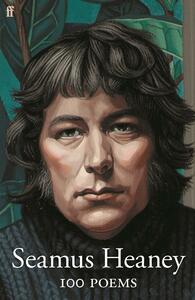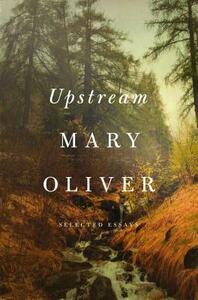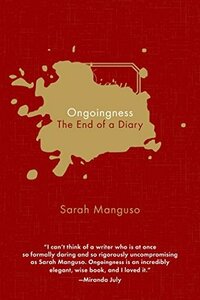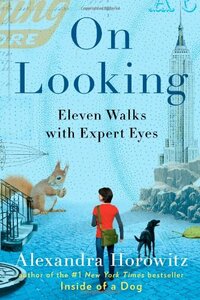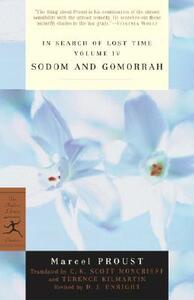Take a photo of a barcode or cover
kevin_macdonell's Reviews (81)
This is the best book of practical writing advice I’ve read in years.
As I read Moran’s book a second time, I captured the gist of his advice in nine different “lenses,” as I call them. When I review my own work, I consider it through first one lens then the next. I ask of each sentence: Is this something anyone else could have written in my place? I ask, have I considered options to surprise the reader with a novel word choice when I seem to be bearing down on something more predictable? And so on, working from individual words and parts of speech, to sentences of various types, to sentences as they live in paragraphs.
I hope that as I continue to work with these so-called lenses, their sense will become second nature and I won’t need to refer to my guide. However, I expect I’ll re-read the book itself again and again.
As I read Moran’s book a second time, I captured the gist of his advice in nine different “lenses,” as I call them. When I review my own work, I consider it through first one lens then the next. I ask of each sentence: Is this something anyone else could have written in my place? I ask, have I considered options to surprise the reader with a novel word choice when I seem to be bearing down on something more predictable? And so on, working from individual words and parts of speech, to sentences of various types, to sentences as they live in paragraphs.
I hope that as I continue to work with these so-called lenses, their sense will become second nature and I won’t need to refer to my guide. However, I expect I’ll re-read the book itself again and again.
As a student in journalism school I was once told to stand near a city crosswalk for thirty minutes and come back with 500 words about what I saw. I struggled with the assignment. That was 30-plus years ago — I had not yet learned how to “look.”
I was reminded of this while reading “On Looking,” the urban equivalent of a stroll through nature. (A book for our times, given that nature these days is better off without the trespass of humans.)
This book falls short of the subtitle promise of “a walker’s guide to the art of observation,” but it is a very good introduction, one I would have profited from in J school. The best chapters consider non-visual versions of looking, including the street soundscapes encountered by a blind woman and a sound engineer, and the smellscape (you might call it) as detected by a dog.
I’m interested in the psychology and philosophy of noticing. Unfortunately, Horowitz seems anxious not to go too deep. There seems a tacit reassurance that the reader will not be unduly challenged. The familiar basics are covered. On the topic of attention, there is reference to that hoary old video of the gorilla among the basketball players. (This famous study has been cited hundreds of times, it seems, but If you have yet to encounter it in your reading, then maybe this book is for you.)
I was reminded of this while reading “On Looking,” the urban equivalent of a stroll through nature. (A book for our times, given that nature these days is better off without the trespass of humans.)
This book falls short of the subtitle promise of “a walker’s guide to the art of observation,” but it is a very good introduction, one I would have profited from in J school. The best chapters consider non-visual versions of looking, including the street soundscapes encountered by a blind woman and a sound engineer, and the smellscape (you might call it) as detected by a dog.
I’m interested in the psychology and philosophy of noticing. Unfortunately, Horowitz seems anxious not to go too deep. There seems a tacit reassurance that the reader will not be unduly challenged. The familiar basics are covered. On the topic of attention, there is reference to that hoary old video of the gorilla among the basketball players. (This famous study has been cited hundreds of times, it seems, but If you have yet to encounter it in your reading, then maybe this book is for you.)
